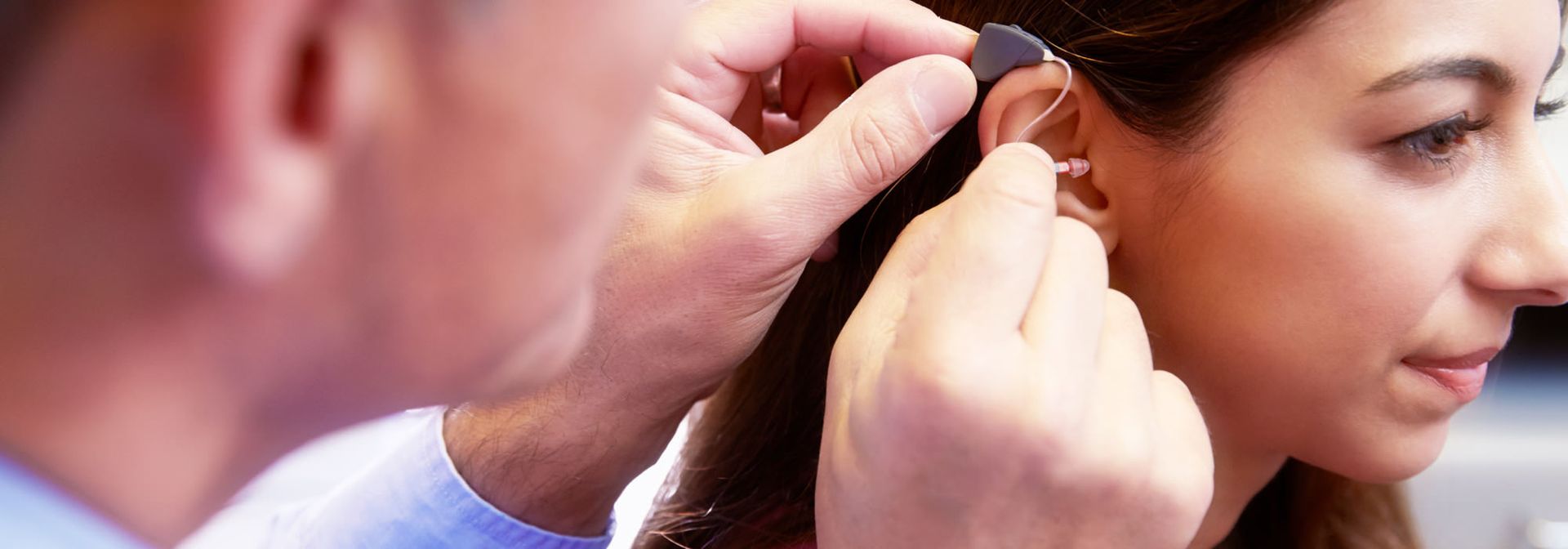Hearing Tests
What does a hearing test involve?
A hearing test is made up of several parts:
Thorough hearing and health history
The first part of any hearing assessment is a thorough history. The information gathered from your hearing and health history is very important and helps the audiologist decide if further specialized tests are warranted or if there is a need for medical referral.
Visual examination of the ear
The audiologist will carefully look at the outer part of the ear as well as the ear canal and the ear drum using a special device called an otoscope. This helps the audiologist rule out any physical concerns with the ear.
Assessment of ear drum movement
A special instrument called a tympanometer is used to check how well your ear drum moves. This is an important test as it also helps to rule out problems with the transmission of sound to the organ of hearing.
Hearing sensitivity
This is the part which people commonly think of as the “hearing test” and it looks at how well you can hear sounds of differing pitch. The audiologist will place a pair of headphones over your ears and ask you to respond to a series of tones of different pitch and loudness. The tones will gradually get fainter until they are just barely audible. The softest level that you can hear the sound is then recorded on a graph called an audiogram. If a hearing loss is detected, the results of this test, in combination with the other tests, enable the audiologist to know the type of hearing problem and its location.
Assessment of how well you hear speech
Your performance on the hearing test largely determines how well you can hear speech. We use speech to communicate. In children learning to speak hinges on the ability to hear speech well. During this part of the test, you will be asked to listen for and repeat a list of words for each ear. The number of correct responses gives the audiologist an indication of how accurately you can identify spoken words.
Explanation of your hearing assessment
You will receive a detailed explanation of your hearing test and the audiologist will provide you with recommendations based on the outcome of the hearing test results and your lifestyle needs as well as answer any questions you may have. A thorough explanation allows you to make the best decision for your own hearing health needs.
How do you test children's hearing?
The same principles and tests apply to children, however, the method of delivering the tests is different. For babies and toddlers, the audiologist will often present sounds through a loud speaker if the child is unwilling to wear headphones. A behavioural response, such as a head turn, is used to indicate the child’s response.
For older children, a game such as stacking blocks may be used as a way of observing the child’s responses to the sounds. Modifying the response process by turning it into a game, makes it fun for the child while still giving the audiologist valuable information on the child’s hearing.



